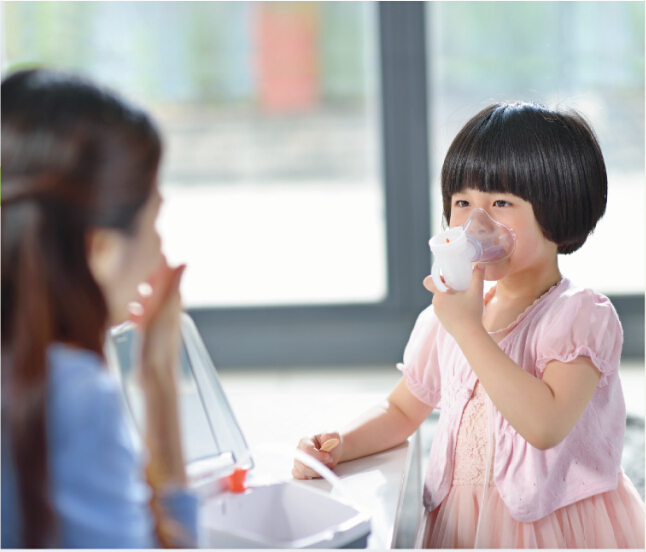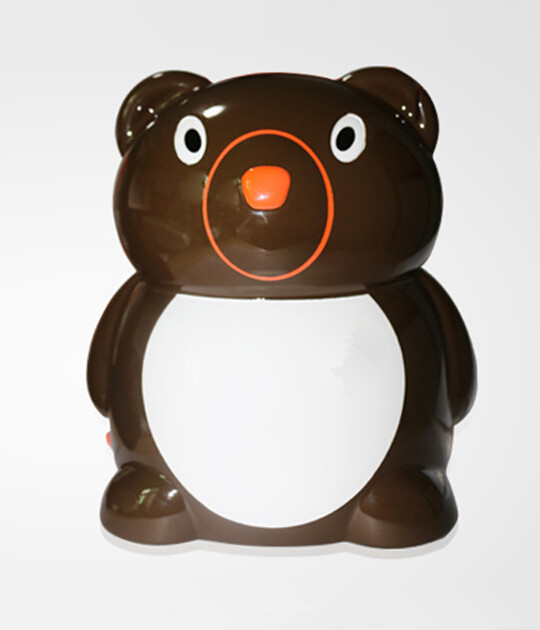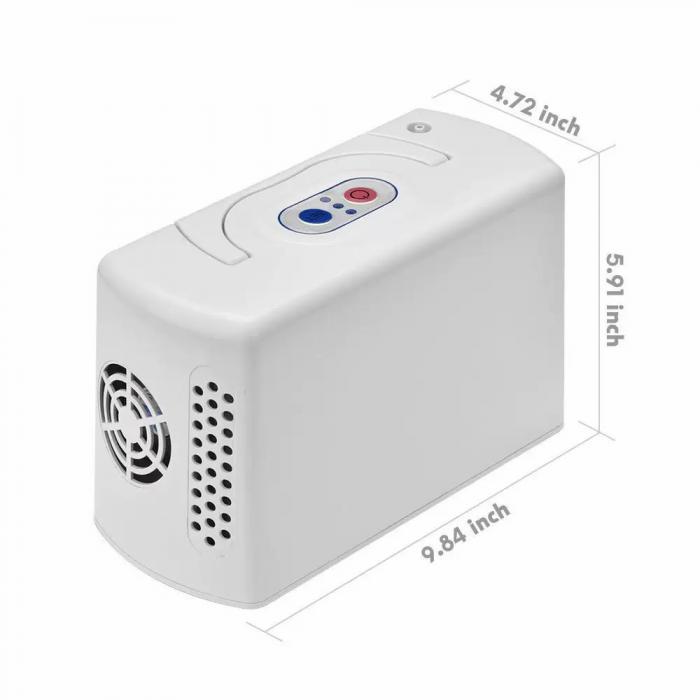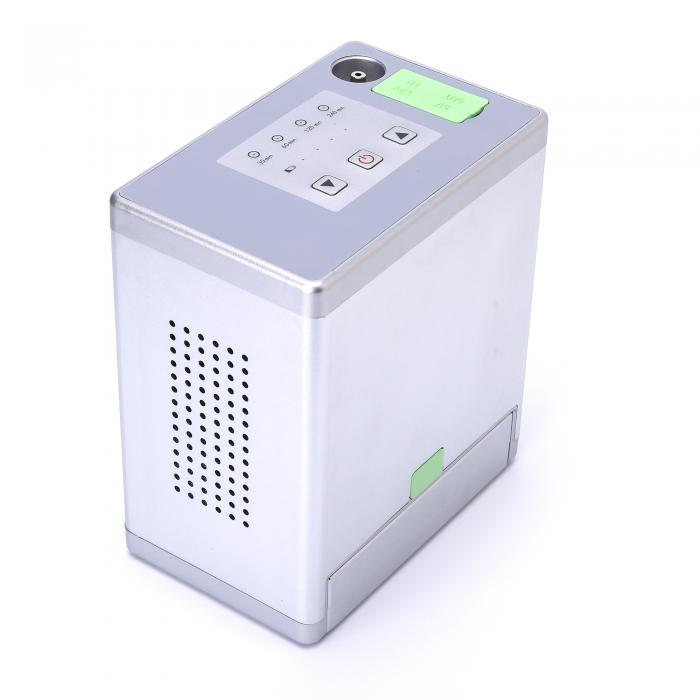| Name: | Pediatric Nebulizer |
|---|---|
| Model No.: | BES-N30 |
| Product Name: | Pediatric Nebulizer |
| Brand: | BESCO |
| MOQ: | 1000 PCS |
| Keywords: | Pediatric Nebulizer,Nebulizer Machine for Kids,Kids Nebulizer Systems |
| Sample: | Available |
| Lead time: | 25 days |
| Payment Term: | T/T in advance |
| Country of Original: | China |
| Price: | US19.5 |
| Port of Loading: | Shenzhen,China |
| Factory Address: | SHENZHEN |
| Power: | 110V/220V,50HZ/60HZ |
Products Description
Specifications:
Power:110V/220V,50HZ/60HZ
Power Consumption:60W±10%
Compressor Flow:8-10L
Noise:≤55dB
Weight:1.45kgs
Size:282mm*175mm*138mm
Accessories:
Standard Atomizer,1.5M tubing,Adult Mask,Child Mask,Air Filter,Mouth piece


A pediatric nebulizer is a medical device that turns liquid medicine into a fine mist for a child to inhale through a mask or mouthpiece. It is used to treat respiratory conditions like asthma and lung infections by delivering medication directly to the lungs to relieve symptoms such as wheezing, coughing, and shortness of breath. These machines are often electric or battery-powered and come with child-friendly designs.
How it works
A compressor machine turns liquid medication into a mist.
The child breathes the mist in through a mask or mouthpiece.
This helps deliver medication directly to the lungs to relieve respiratory symptoms.
Why it's used for children
Easier for young children: It's often easier for young children who cannot effectively use handheld inhalers to get the full dose of medicine with a nebulizer.
Treats symptoms: It can provide relief for symptoms caused by asthma, cystic fibrosis, pneumonia, or other respiratory issues.
Delivers specific medications: Some medications are only available in liquid form and require a nebulizer.
How to use it
Washing hands: Always start by washing your hands thoroughly before preparing the medication.
Assembly: Connect the tubing to the compressor and the medicine cup, then add the prescribed medication to the cup.
Attachment: Securely attach the mask or mouthpiece.
Positioning: Place the mask snugly over your child's nose and mouth, or have them hold the mouthpiece in their mouth.
Breathing: Have your child sit in a comfortable position and take slow, deep breaths until the mist stops.
To use a pediatric nebulizer, first wash your hands and assemble the parts: connect the tubing from the compressor to the nebulizer cup, add the prescribed medication to the cup, and attach the mask or mouthpiece. Have the child sit upright and take slow, deep breaths until the medicine is gone, which may take 5-10 minutes. After the treatment, clean the nebulizer parts according to the manufacturer's instructions.
Before you begin
Wash your hands thoroughly.
Gather all the necessary parts: the compressor, tubing, nebulizer cup, and the medication.
Read the instructions that came with your specific nebulizer, as models can vary.
Step-by-step guide
Assemble the device:
Connect the nebulizer cup to one end of the tubing, and the other end of the tubing to the air compressor.
If using a mask for a younger child (under 8), attach it directly to the nebulizer cup. For older children, you may need to assemble a T-piece and mouthpiece.
Add medication:
Pour the correct dose of medication into the nebulizer cup.
Screw the top on securely to prevent spills.
Position the child:
Have your child sit up straight on a flat surface.
If they are younger, place the mask over their nose and mouth, ensuring a snug fit.
If they are older, have them place the mouthpiece in their mouth and seal their lips around it.
A sleeping child can receive the treatment as long as they are not lying completely flat.
Start the treatment:
Turn on the compressor. You should see a fine mist coming from the mask or mouthpiece.
Have your child breathe slowly and deeply until the mist stops completely.
For older children using a mouthpiece, every fourth breath should be a deep breath and hold, then breathe normally.
Gently tap the cup if needed to ensure all the medicine is used.
Finish and clean up:
Turn off the compressor.
Follow the manufacturer's instructions for cleaning. This typically involves rinsing the parts with hot water after each use and disinfecting the pieces every few days.
Allow all parts to air dry completely before reassembling and storing.



